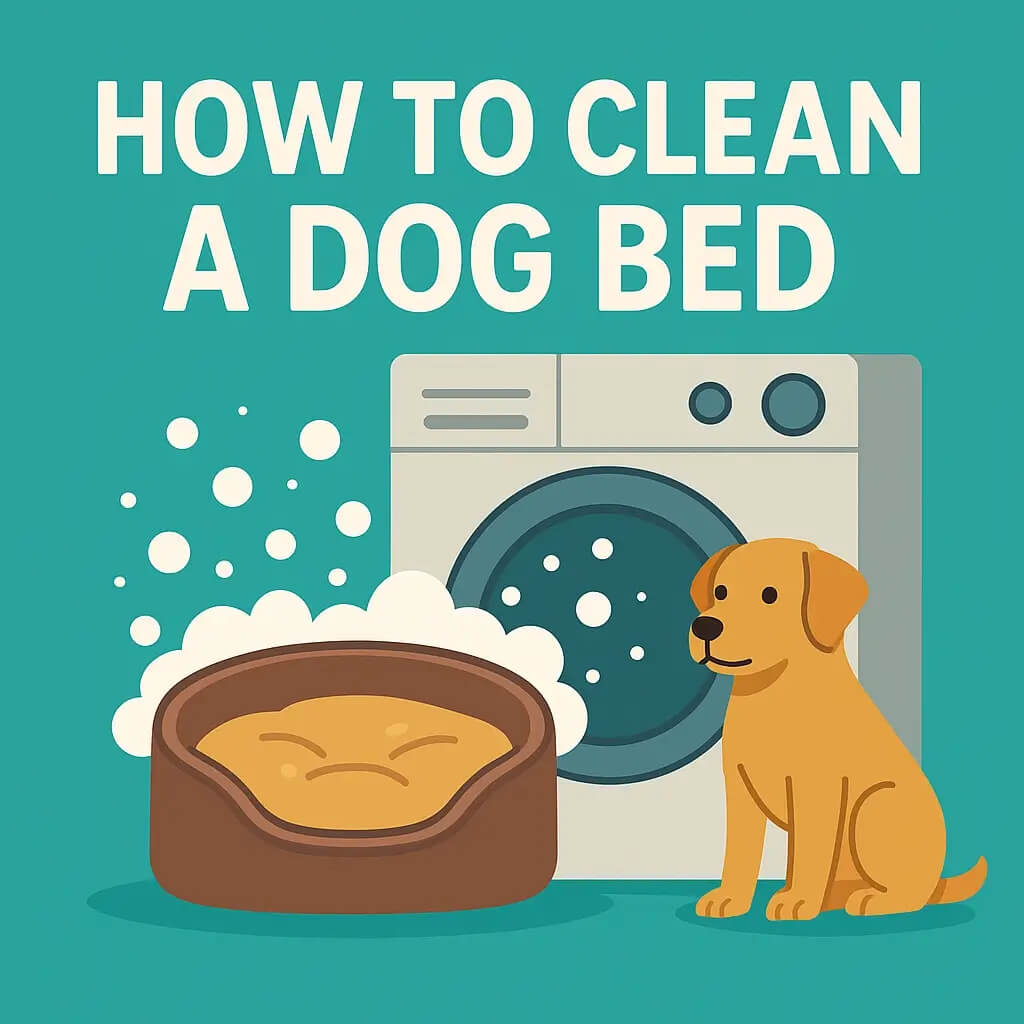As a pet lover and seasoned expert in the world of our four-legged companions, I frequently encounter questions that, at first glance, may seem puzzling. One such question often asked by pet parents is: why do female dogs hump? This behavior can leave dog owners confused, unsure whether to be concerned or amused.
It's important to note that humping behavior is not exclusive to male dogs. Female dogs hump as well, and it's more common than you might think. While it's easy to jump to conclusions about why this happens, the reasons behind female dog humping are multi-faceted and intriguing.
Understanding Dog Behavior
Before we dive into the specifics of why female dogs hump, it's crucial to have a bit of background on dog behavior in general. Dogs, like their wild ancestors, communicate and interact with the world around them in ways that are often misunderstood by us humans. The way they behave, from wagging their tail to playfully growling is like a language that tells us a lot, about how they feel and what's going on with them physically.
Humping, or mounting, is one such behavior that is often misinterpreted. While it's easy to associate it solely with mating or dominance, the reality is far more nuanced. This behavior may manifest as a way to have fun cope with stress, showcase social standing or as a reaction, to feeling excited. For female dogs, especially, humping is not always related to their sexual instincts.
Is Humping Normal for Female Dogs?
Yes, female dogs hump just like males. It's generally considered normal behavior for both male and female dogs. Puppies might experiment during play bows, while adolescent females may start humping around sexual maturity or during their first heat. Even spayed females can exhibit this behavior, as abnormal hormone production isn't always the cause.
Debunking Myths
One of the biggest misconceptions surrounding female dogs and humping is the idea that it's all about asserting dominance. While dominance can play a role in why dogs hump, it’s certainly not the whole story, especially for females. To gain an understanding of their behavior it is necessary to go beyond the notion of dominance and take into account other influencing factors.
Play Behavior: Sometimes, humping is just a dog being a dog. Puppies and young dogs often hump each other during play, regardless of their gender. It’s a way for them to explore their environment and interact with their peers. For female dogs, engaging in this behavior during playtime is normal and should not be a cause for concern.
Social Interaction: Dogs are social animals, and they use a variety of behaviors to interact with each other. Mounting can serve as a means for a canine to navigate the dynamics, within a group and discovering her position, among her fellow companions.
Excitement or Stress Relief: Just like humans, dogs have their own ways of expressing excitement or relieving stress. A female dog might hump an object, another dog, or even a human leg when she’s over-excited or feeling stressed.
Medical Reasons: In some cases, humping can indicate a medical issue. If a female dog suddenly starts humping excessively, it could be a sign of a urinary tract infection, skin allergy, or other medical concerns. If you observe any excessive changes, in your pet's behavior it is always recommended to seek advice, from a veterinarian.

Common Reasons Female Dogs Hump
Play and Pent-Up Energy
When your dog starts humping, it can be due to excess pent-up energy or excitement during playtime. Many dogs, especially puppies, exhibit mounting as a playful activity.
Attention-Seeking Behavior
Sometimes, female dogs may hump to get your attention. If your dog learns that humping results in attention—even if negative—she might repeat this learned behavior.
Stress or Anxiety
Stress humping occurs when dogs feel anxious due to a new environment, loud noises, or the introduction of a new dog or other pets. Dogs use mounting as a coping mechanism to release stress.
Sexual Behavior
When a female dog enters her first heat, hormones can trigger mounting. Although more typical in males, female dogs hump things too during hormonal surges.
Social Interactions
Mounting can be part of social interactions between two dogs or groups. This behavior signals excitement or establishes social hierarchy among male and female dogs alike.
Medical Issues
If your dog suddenly starts humping, it could signal medical issues such as urinary tract infections, skin allergies, or even mammary cancer. Monitor your dog’s health for these potential warning signs.
Lack of Mental Stimulation
Bored dogs with insufficient mental stimulation might resort to mounting behavior. Providing interactive toys and regular training sessions helps reduce boredom-related humping.
Imitation
Dogs may mimic the behavior of other dogs in the household. If one dog regularly humps, another dog might copy this activity as a form of social learning.
Redirected Excitement
Occasionally, excited play bows escalate into humping as an outlet for high arousal levels during energetic play sessions.
Top Tips to Manage Female Dog Humping:
Ensure your dog gets regular exercise to prevent boredom-related humping.
Use interactive toys to keep your dog mentally stimulated.
Distract and redirect your dog's attention when she starts humping.
Monitor your dog for any medical issues or discomfort and consult your veterinarian if needed.
Avoid reinforcing the behavior by remaining calm and redirecting your dog's attention positively.
Remember, while occasional humping is a normal canine behavior, ongoing or excessive mounting should be addressed to ensure your female dog's health and comfort.
Managing Female Dog Humping Behavior
While humping can be normal, there are instances where you might want to discourage humping, especially if it becomes compulsive or disruptive. Here are some top tips to manage your dog's behavior:
Identify the Triggers
The first step in managing humping behavior is to understand what triggers it. Is your dog reacting to stress, excitement, or the presence of new animals or other pets? Understanding the triggers will help you address the root cause of the behavior.
Positive Reinforcement Training
Training your dog to stop humping on command is a practical solution. Use positive reinforcement by rewarding her with treats or praise when she stops humping. Consistency is crucial—make sure to reinforce the behavior you want to see regularly.
Redirect the Behavior
When you notice your dog preparing to hump, distract her by engaging her in an appropriate activity, such as playing with toys or performing a trick. This helps channel her excitement or stress into healthier outlets, reducing the likelihood of compulsive behavior.
Spaying Your Dog
If your female dog isn't already spayed, consider this option. Spaying can help reduce sexually motivated behaviors, including humping. It may also provide health benefits, such as lowering the risk of certain medical issues.
Seek Professional Help
If humping becomes excessive or you're unable to manage it with basic training, consider consulting a professional or behaviorist. They can provide tailored advice to address your dog's unique needs.
When to Seek Veterinary Advice
If your dog’s humping behavior is accompanied by symptoms like dilated pupils, discomfort, licking, or unusual discharge, visit your veterinarian promptly. Conditions such as infections, allergies, or hormonal imbalances may need medical intervention.
Conclusion
Understanding why female dogs hump can help you better manage the behavior. Whether it's caused by play, social interaction, stress, or medical problems, knowing the reason behind the action allows you to respond with empathy and patience. Remember, humping is a normal behavior for many dogs, but if it becomes a problem, there are plenty of ways to address it.
By staying informed and proactive, you can ensure that your dog remains healthy and happy, while also strengthening the bond between you and your furry friend.
More Articles Related to Dog Behavior:
https://funnyfuzzy.com/a/blog/why-does-my-dog-sniff-everywhere
https://funnyfuzzy.com/a/blog/why-do-dogs-bark-in-their-sleep












